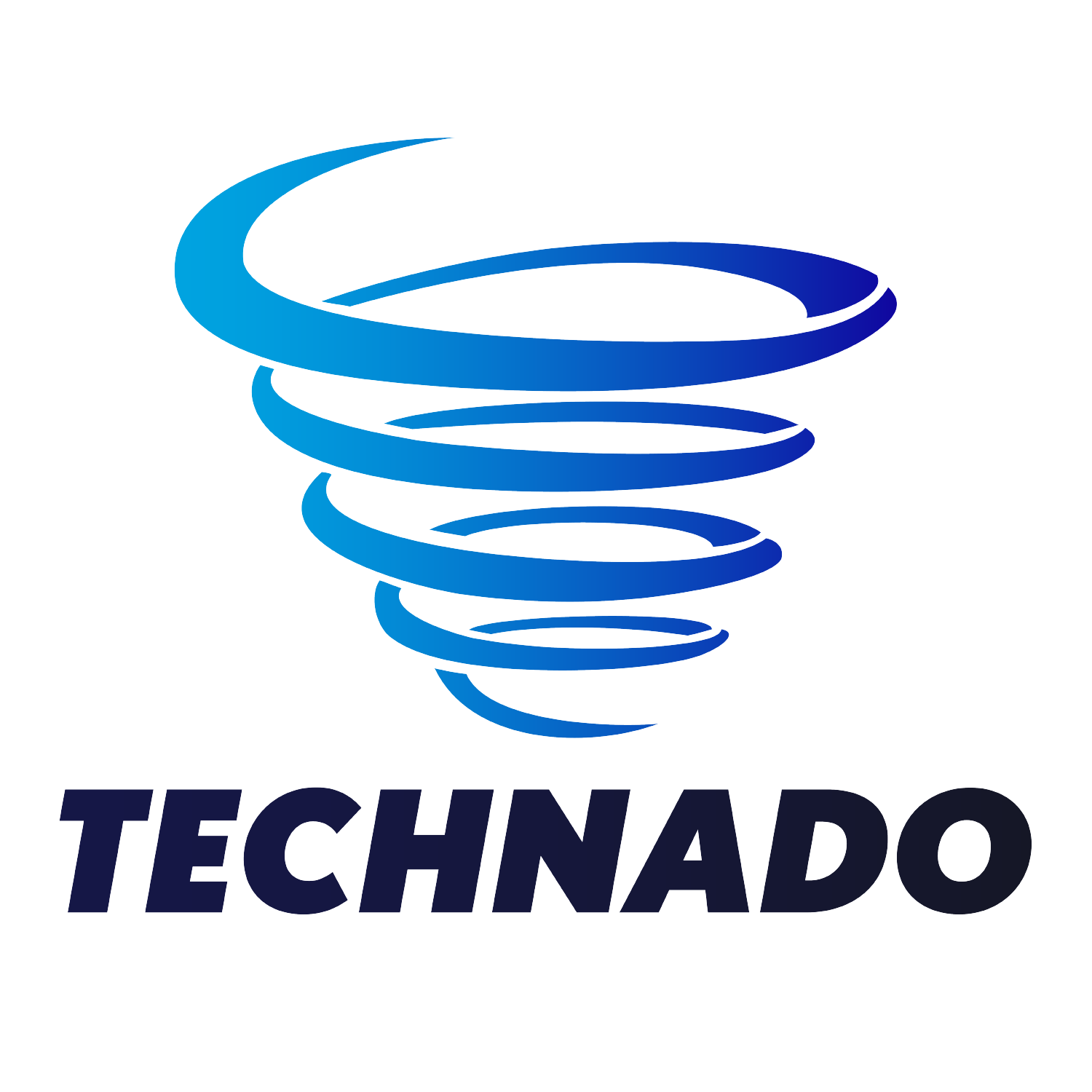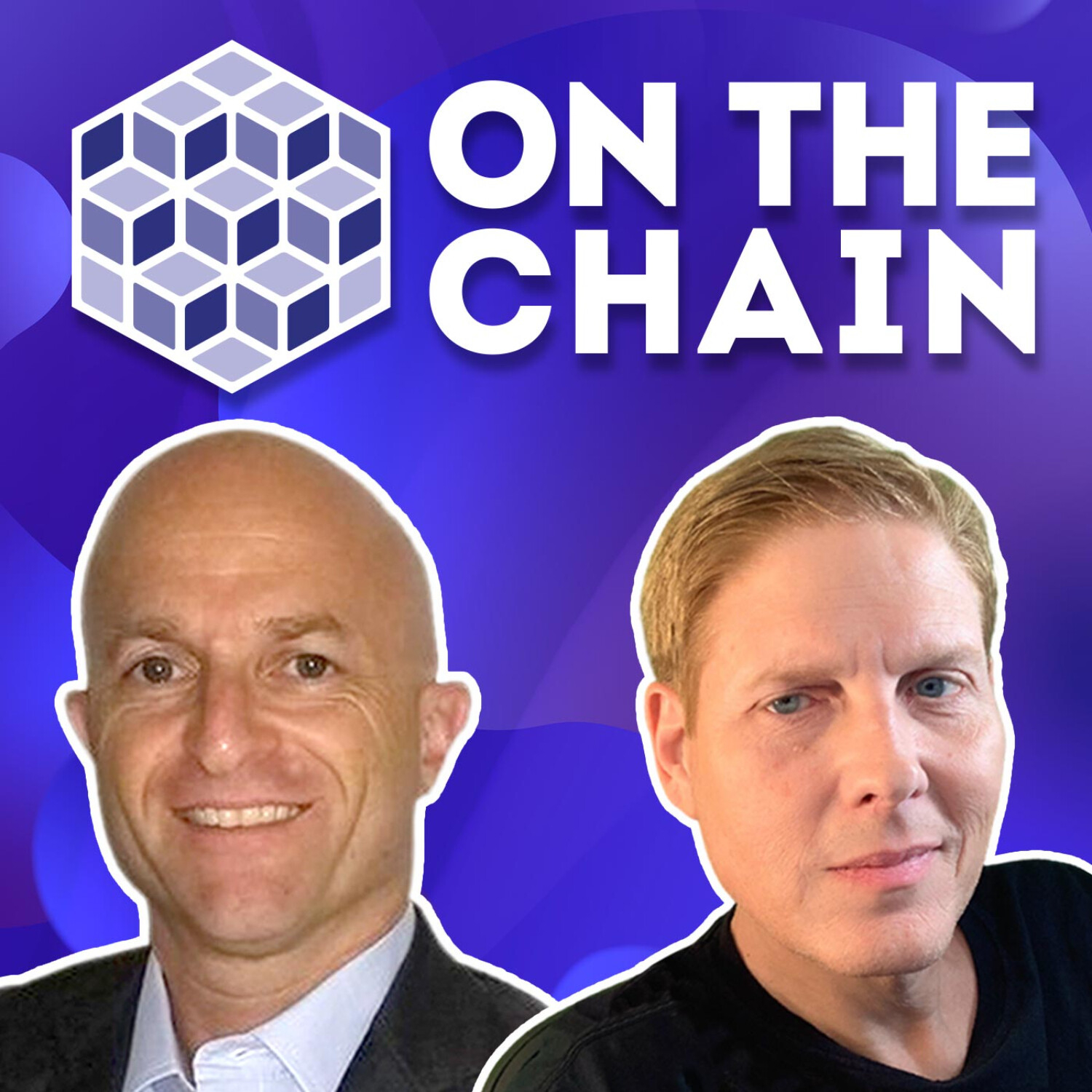 |
Disrupting JapanStraight talk from Japan's most innovative founders and VCs Author: Tim Romero
Disrupting Japan gives you candid, in-depth insights from the startup founders, VCs, and leaders who are reshaping Japan. Language: en-us Genres: Business, Entrepreneurship, News, Tech News Contact email: Get it Feed URL: Get it iTunes ID: Get it Trailer: |
Listen Now...
What role can startups really play in human longevity?
Episode 245
Monday, 8 December, 2025
Japan has one of the longest lived and healthiest populations in the world, and let Japanese startups are playing a relatively small role in the recent longevity-tech boom. The longevity market includes everything from health-tech wearables, to foods and supplements, to lifestyle coaching, to invasive medical procedures. The offerings themselves range from the incredibly useful and helpful to the wasteful and the outright dangerous. To make sense of all this, today we talk with Bilal Kharouni the CEO of Ekei Labs, who explains his startup's pivots through multiple sectors of the budding longevity market. It's a great conversation, and I think you'll enjoy it. Show Notes What exactly is “biological age” Where health tracking apps are useful and where they are dangerous How to market supplements in Japan's tightly regulated market The business and medical challenges in direct-to-consumer health tech Pivoting from supplements to consumer test kits to research The path for commercializing today's university medical research Business models that work for startups in medical research Advice to founders coming to Japan to start a startup How to sell in Japan with limited Japanese abilities How foreign founders can recruit Japanese advisors for their startup How Japan’s new via restrictions will affect foreign entrepreneurs in Japan Links from the Founder Everything you ever wanted to know about Ekei Labs Connect with Bilal The Aging Consortium is work on the clinical translation of the biomarkers of aging Life Biosciences is using Ekei Labs measurement platform to develop epigenetic reprogramming (gene therapy) protocols Leave a comment Transcript Welcome to Disrupting Japan, Straight Talk from Japan's most innovative founders and VCs. I'm Tim Romero and thanks for joining me. Japan is one of the longest lived populations in the world, and as you get older, well, you start thinking more and more about getting older. Of course, getting older is much better than the alternative, but we all want to slow it down a bit and do it in a healthy way. Now those of you who know me won't be surprised to learn that once I got interested in this topic, I got a little obsessive. I have a smart scale and a smart watch and a smart ring all confidently telling me slightly conflicting things about the state of my health. And anti-aging startups are a mixed bag at best, ranging from difficult, boring, but very effective medical advice about diet and exercise to fund cutting edge wearables and trendy supplements and treatments that are a complete waste of money and everything in between. Well, today we sit down with Bilal Kharouni, the CEO of Ekei Labs, who's going to help us make sense of all this. Now, the Ekei Lab's journey and their pivots while trying to find product market fit in the anti-aging market is really a microcosm of the whole wellness industry from supplements to consumer facing tech to medical research to well, I’ll let Bilal explain where it all ends. Now, interestingly, Bilal and I had this conversation in Okinawa, home of Japan's longest lived population. And we talk about finding product market fit in health tech, how to sell to Japanese enterprises when your Japanese ability is limited, and how Japan's new visa restrictions are going to impact startups here. But, you know, Bilal tells that story much better than I can. So, let's get right to the interview. Interview Tim: I'm sitting here with Bilal Kharouni, the founder and CEO of Ekei Labs, who's selling direct to consumer longevity testing and support services. So thanks for sitting down with us. Bilal: Yeah, thanks for having me. Tim: Now you're based in Tokyo, but we're sitting here in Okinawa today. You've recently joined the OIST incubator, so tell me about that. Bilal: Yes, we work on aging and longevity. So for us, there's not a better place than the blue zone of Okinawa to really sit our lab and working on aging. Actually, we pivoted quite a lot from direct to consumer longevity tests. So we really have a platform that is more intended for joint research. We went much further in terms of research, so having both the lab and the talent and also the perfect location too. Tim: Well, I mean Okinawa famously as one of the longest lived populations in the world. Is that coincidence or does that inform your research in some ways? Bilal: So, it's pretty consciously I will say, the reason why Okinawa and people live the longest are part due to diet or social activities being surrounded by their loved ones, which is great. But what we're investigating is mostly therapeutics to increase healthy lifespan. So, it's a deep tech zone I would say. However, for people who have an interest in longevity and living longer and who wants to work on these topics, it's a very attractive location and it's an attractive location for hiring some of the best people. We had the chance having members quitting the job for Tokyo to join us in Okinawa to work with us. Tim: Well, I can certainly see the appeal of coming to work here. So, let's talk about biological age. Because this is something that fascinates me. But what exactly is it, like my smart scale at home tells me about biological age. I think this wearable also will give me a biological age, but what exactly is it? Bilal: So, it's a very interesting question, and that can be quite confusing for many people because as you're mentioning, you have so many different biological age for one chronological age. So, it's really looking at the spectrum. So that can be, for example, your cardiovascular health, your fitness or any kind of biomarkers and see how you benchmark compared to rest of population. So, you might be 32 years old, but for example, your cardiovascular system might correspond to a healthy individual of 18 years old. So, you could say that your cardiovascular health is of someone of 18 years old and… Tim: But is it something that is scientifically defined? Is there like an accepted way to measure these biomarkers and calculate it this way? Is there an accepted scientific consensus about how to calculate it? Bilal: There is not a scientific consensus yet and that's actually big challenge in our industry. We have different ways of measuring chronological age using, for example, evidence marker, glycome marker proteomics, and the big question in which ones have a clinical translation. Because I can give you a chronological age, but if it doesn't mean anything in terms of risk of the disease or physical conditions, it's frankly huge metrics. Tim: I'm also curious about. Okay, not necessarily the way you calculate it specifically, but industry-wide. So, when biological age is calculated, is the actual chronological age always used as an input or can it be calculated independently or is it more of like an adjustment factor? Bilal: So when you do the algorithm, you have a dataset with the metadata sets with the gender, that helps calibrate the chronological age. And ultimately you would want when you take input from a patient not knowing the chronological age and estimates the biological age independently of the chronological age and industry-wide, there are different clocks. And now there's a huge work for having this clinical and scientific validation. So each year, actually I'm going to Boston in October for the biomarkers of aging symposium that takes place at the Harvard Medical School. So that's really ongoing discussions in the field. Tim: So your offering also involves a mobile app? This app provides insights and advice on how people can improve their biological age. So, what kind of insights and what kind of lifestyle changes does it recommend? Bilal: So for the app, low hanging fruit for someone like the diet, sleep, physical activity, and we put this app for use for clinicians and they can be also very helpful for the clinicians who have both a surgical age metrics as well as information the lifestyle of their patients. Because can be quite difficult for the clinics to know how well the patient eat or sleep. And then the medical doctor can really guide the medical journey to help them in their longevity medical journey. Tim: So, what are the biomarkers you're looking at? I mean, you've recently been selling like a home test kit for that's like a blood sample. So, you've got the blood test and what other information goes into the calculation? Bilal: So we have two type of product services. So, the one actually describes is for our individual use and we use a biomarker called IgG glycome. And what is amazing with this biomarker, it is that is very responsive to interventions, an intervention of eight to 10 weeks and do another test. You can see a data, you can see a difference in this biomarker like, and what is also great with this biomarker that is extremely linked with chronic inflammations and chronic inflammations are linked with a myriad of chronic disease. Tim: So, is that like just a coincident marker or is that actually directly related to biological aging? Bilal: That's a great question. Menopause is probably one of the condition that is the most linked to medical aging. And when we say that so many times it's misdiagnosed and mis-documented. So, having ways of getting the early science through this IgG glycome measurements and then having better medication or better health optimization or better response from the medical doctors, we think is extremely important. And probably the first longevity drugs that we could see on the market will be a drug targeting menopause and perimenopause. That may be one of the first age related condition that we might be able to treat one day. Tim: Excellent. Let's take a step back for a minute and kind of talk about how Ekei Labs came to be and how we ended up in this room having this conversation. So,









